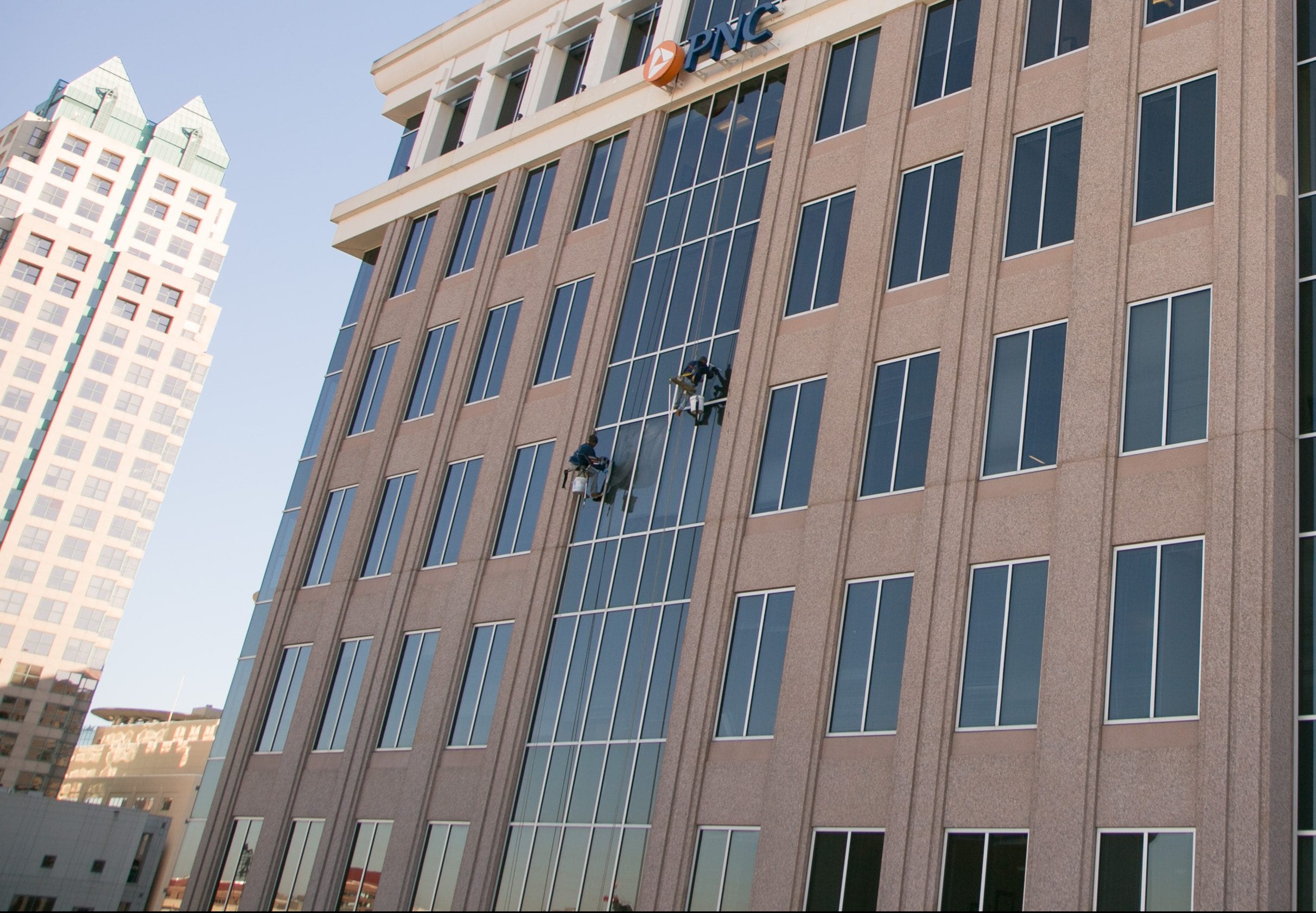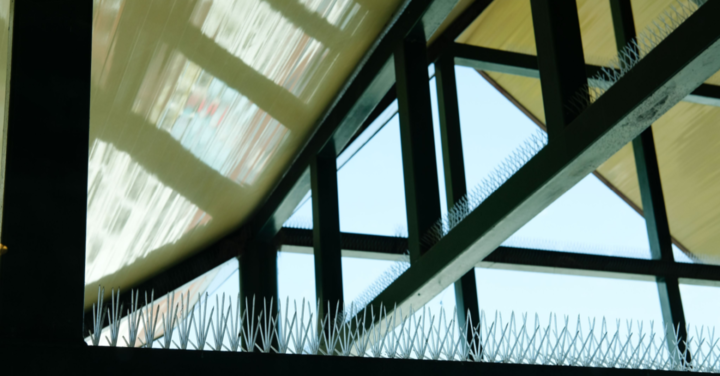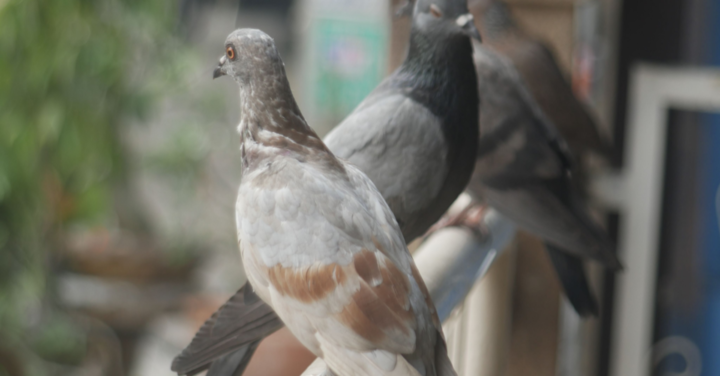Birds can be a nuisance to building and facility managers. Their droppings can lead to extensive damage creating costly repairs and restorations to the building and plaza deck systems. How can this problem be solved? There are many options for bird repellents. A significant factor in the decision-making process is ensuring birds’ safety is front and center.
According to Buildings.com, “Birds are more than just flying animals; they are vital to ecological well-being across the globe. Birds are some of nature’s most able cleaners. One vulture, for example, is responsible for over $10,000 worth of waste removal.
They are also massive contributors to pest control. Birds eat 400 to 500 million tons of insects every year. As such, they protect crops and help keep pest populations in check.”
Birds are vital to the environmental ecosystem, which must building owners and managers must consider when selecting the best bird repellent for their structures. Below are some of the core considerations when choosing which bird deterrent devices to use.
Spike Bird Deterrent Pros
Bird spikes are commonly used bird repellents and see great success. They are used to deter birds from landing in certain areas, hanging around, and creating nests. Some pros to bird deterrent spikes are:
- Installation is simple and quick.
- Typically made of metal, the lifespan of bird spikes is long.
- Bird spikes offer a versatile location selection for use on nearly any surface.
- They are environmentally friendly.
- Spikes are harmless to birds and humans when installed correctly.
Spike Bird Deterrent Cons
While there are many advantages to bird deterrent spikes, we must also address the disadvantages. Spikes are very effective at keeping the birds at bay; however, they can create other unsightly problems. Some spike bird deterrent cons are:
- The spike tips can accumulate bird droppings and feathers, causing damage to the building.
- Incorrect installation can lead to bird and human injuries.
- They are unattractive to building occupants.
Netting Bird Deterrent Pros
Netting is another option for bird repellents. It is an excellent option for bird proofing buildings as it prevents birds from accessing gardens, eaves, and canopies by creating a barrier. There are many pros to netting bird deterrents:
- Netting installation is easy.
- It is typically not visible when installed correctly.
- Bird netting material is long-lasting and does not cause any structural deterioration.
Netting Bird Deterrent Cons
Netting bird deterrents are a highly effective bird deterrent device when appropriately installed. However, there are also some downfalls to netting. Cons to netting bird repellents:
- The installation of netting is costly.
- Netting is not maintenance-free and requires routine upkeep.
- Birds can get stuck in the net and can cause injury or even death to birds.
What Other Solutions Are Available if Neither Work?
The implementation of spikes and nettings are often effective but are sometimes not the optimal solution depending on the buildings’ needs. Multiple other solutions are available if spike deterrents and netting do not produce the wanted results. Some of these solutions are:
- Visual Deterrents – Visual decoys are safe to keep birds away from buildings. Installation is easy, with the decoys hidden from the view of building occupants and visitors.
- Audio Deterrents – Audio devices are an effective method of bird repellents, and they do not cause harm to birds or impact the structural integrity of the building. They send out warning noises to other birds and can be effective from hundreds of feet away. They also work on all bird species.
- Influencing Employee Behaviors – Encourage the proper disposal of trash and food waste. Birds are attracted to leftovers and garbage. Therefore routinely maintaining and cleaning gathering areas keeps this problem to a minimum.
- Insect Control – Birds love bugs! The prevention of bugs naturally leads to the prevention of birds. Maintain a toxic-free insect control plan to aid in bird repellent.
Choose The JOBS Group to Streamline Installation and Maintenance of Bird Deterrents
When selecting bird repellents, it is vital to research and understand the pros and cons of various types of bird deterrent devices. Birds are crucial contributors to our ecosystem, and their health and safety are core when coming up with a bird repellent solution. Streamline the installation and maintenance of your building’s bird deterrents. Contact the A1orange Group today!








